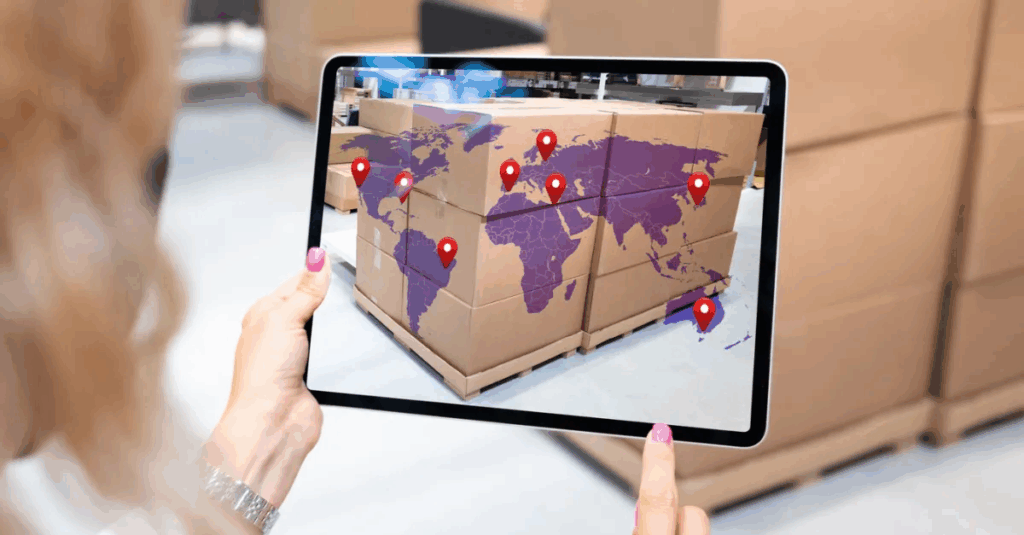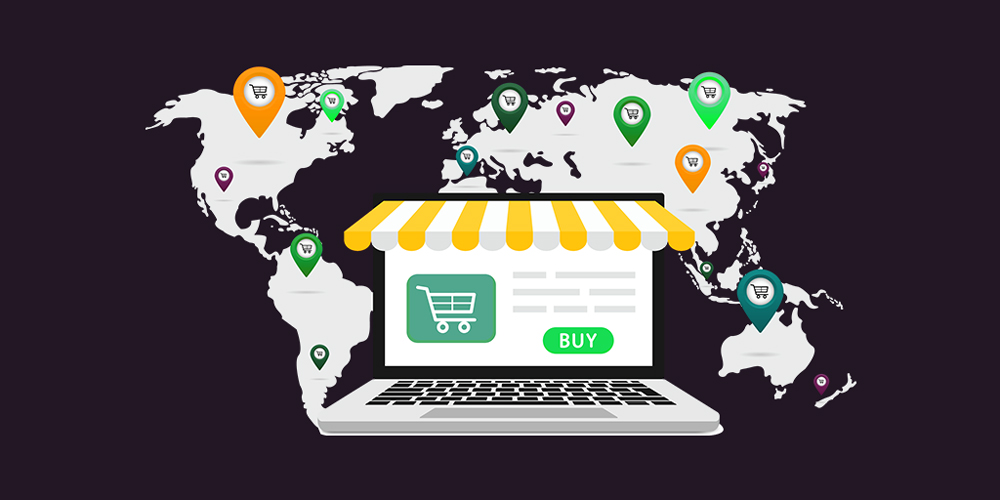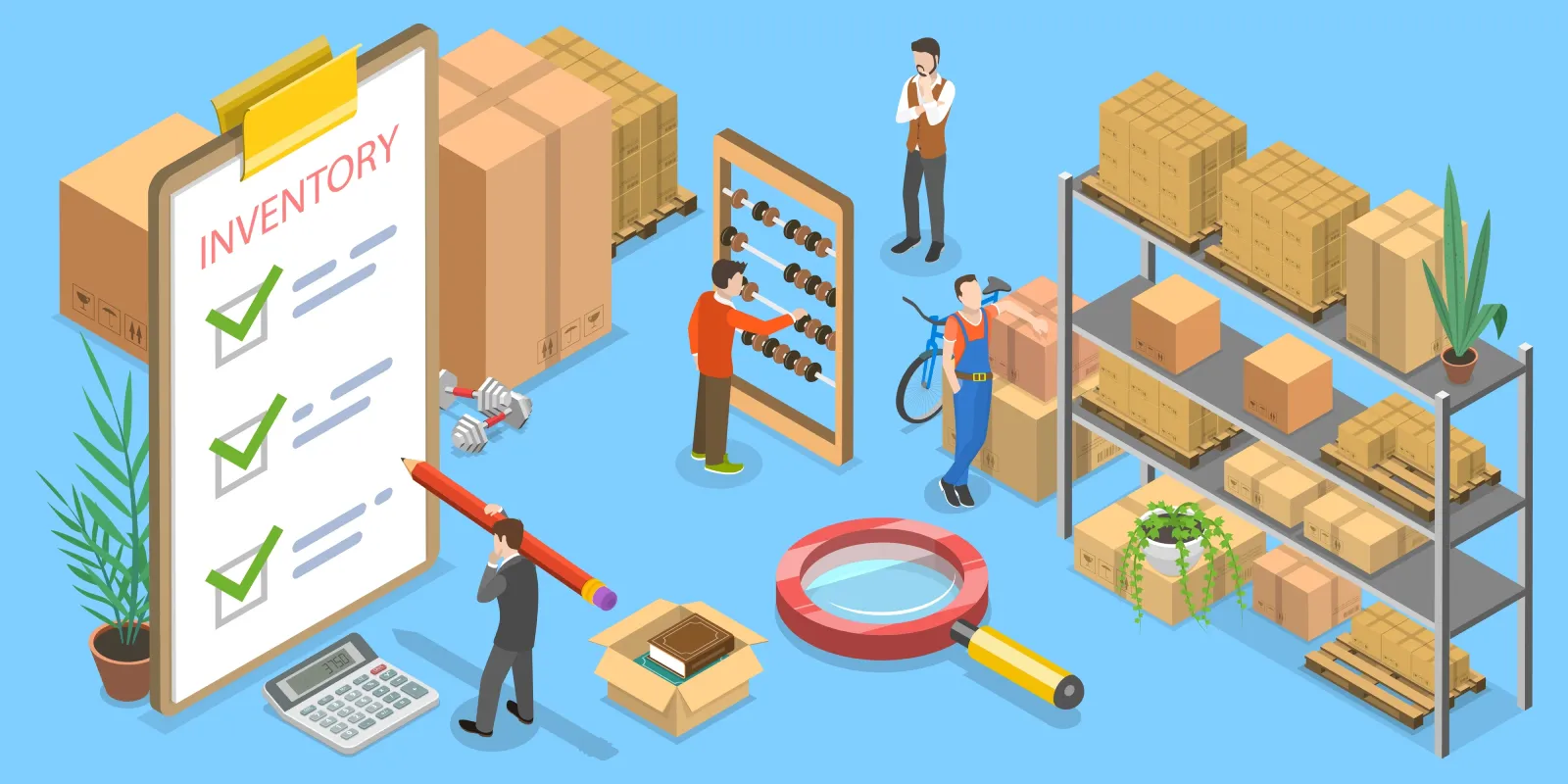How PostalParcel’s Real-Time Tracking Can Improve Your Logistics Strategy
Real-time tracking has become an essential part of modern logistics. With global e-commerce expanding and customer expectations rising, businesses can no longer rely on delayed updates or manual tracking systems. PostalParcel’s real-time tracking provides a smarter way to monitor shipments, improve delivery accuracy, and streamline operations. By using real-time data, businesses can optimize their logistics strategy, reduce costs, and create a better experience for customers.
1. Why Real-Time Tracking Matters in Logistics

Efficient logistics depends on visibility. Without accurate tracking, it’s difficult to predict delivery times, manage warehouse schedules, or handle unexpected delays. Real-time tracking changes this by giving both merchants and customers full transparency from dispatch to delivery.
1.1 Building Customer Trust with Transparency
Customers today expect to know where their orders are at all times. When they receive updates directly from the tracking system, it builds trust and reduces anxiety about delivery delays. With PostalParcel’s real-time tracking, customers can view every stage of their shipment, including customs clearance and final-mile delivery.
1.2 Reducing Support Inquiries
One major advantage of real-time tracking is fewer customer service requests. Many businesses waste time answering “Where is my package?” emails. When tracking updates are automatic and accurate, customers find answers themselves. This reduces pressure on support teams and cuts operational costs.
2. How PostalParcel’s Real-Time Tracking System Works
2.1 Smart Data Integration Across Carriers
PostalParcel connects directly with multiple international carriers and local postal systems. All tracking data flows into one unified dashboard, eliminating the need to check separate carrier sites. This means every update—from the first scan to final delivery—is synchronized in real time.
2.2 Predictive Event Detection
Beyond showing where a package is, PostalParcel’s tracking system predicts potential delays. Using AI-driven algorithms, it identifies risks such as weather issues, customs congestion, or route disruptions. Businesses can take early action, like rerouting shipments or informing customers before delays occur.
2.3 Easy Integration for Businesses
PostalParcel’s tracking tools are designed for flexibility. Merchants can integrate tracking APIs into their e-commerce systems, CRMs, or warehouse software without complex setups. Once connected, real-time data automatically updates order status pages, customer notifications, and performance reports.
3. Key Benefits for Your Logistics Strategy

3.1 Faster and Smarter Decision-Making
Having live data allows logistics managers to make informed decisions quickly. For instance, if a shipment is stuck in customs, the system alerts your team immediately. You can reassign resources or communicate with customers before the delay causes frustration.
3.2 Better Inventory Planning
Real-time tracking helps synchronize inbound and outbound logistics. Knowing exactly when goods will arrive enables better stock management. Businesses can reduce warehouse congestion, avoid overstocking, and plan restocks more accurately.
3.3 Cost Reduction Through Efficiency
Traditional tracking often leads to inefficiencies—manual updates, repeated customer follow-ups, or delayed responses. PostalParcel automates these processes. Fewer delays mean lower operational costs and fewer refunds for late shipments.
3.4 Improved Carrier Performance Monitoring
With consolidated tracking data, you can compare carrier performance based on delivery times, lost shipments, or error rates. PostalParcel’s analytics highlight which logistics partners deliver consistently and which need improvement, helping you negotiate better contracts or switch to more reliable couriers.
4. Enhancing Customer Experience Through Real-Time Insights
4.1 Real-Time Notifications for Customers
PostalParcel provides live notifications via email or SMS, allowing customers to track their packages easily. These updates include detailed timestamps, location scans, and estimated delivery windows. A smooth tracking experience often translates into higher customer satisfaction and repeat purchases.
4.2 Fewer Delivery Disputes

When both the business and customer share the same real-time tracking data, disputes are minimized. Every status update is time-stamped and verifiable, creating transparency that protects both sides.
4.3 Boosting Post-Purchase Engagement
Real-time tracking keeps customers connected even after checkout. Businesses can use these tracking updates to recommend related products, offer loyalty rewards, or collect feedback once the order is delivered.
5. PostalParcel’s Analytics: Turning Tracking Data into Strategy
5.1 Performance Reports That Drive Improvement
PostalParcel’s analytics dashboard visualizes shipping data, making it easy to spot trends. You can see average delivery times by region, identify recurring problem areas, and track success rates. This data helps you continuously refine your logistics approach.
5.2 Forecasting Delivery Efficiency
With enough tracking data, PostalParcel’s system can forecast future performance. It learns from past deliveries to predict busy seasons, optimize shipping routes, and balance carrier usage. This predictive insight enables smarter logistics planning and resource allocation.
5.3 Aligning Data with Business Goals
Real-time tracking data is more than operational information—it’s a strategic asset. By aligning tracking insights with sales and marketing goals, businesses can coordinate promotions, manage pre-orders, and plan product launches based on accurate delivery expectations.
6. How PostalParcel Supports Global E-Commerce

6.1 Multi-Country Compatibility
PostalParcel’s system supports international carriers, customs processes, and multi-language interfaces. Whether you ship to Asia, Europe, or North America, the tracking system adapts to each region’s logistics structure.
6.2 Handling Customs and Border Delays
Customs clearance is one of the biggest challenges in international shipping. PostalParcel’s tracking system updates customs status in real time and provides estimated release times. Businesses can respond faster and keep customers informed without relying on third-party updates.
6.3 Seamless Integration with E-Commerce Platforms
PostalParcel works smoothly with major platforms like Shopify, WooCommerce, and Magento. Sellers can automatically sync order tracking information with customer accounts, providing full visibility and reducing manual work.
7. Real-World Scenarios: The Impact of Real-Time Tracking
7.1 Faster Problem Resolution
A fashion retailer using PostalParcel noticed delivery delays in one country. The tracking dashboard revealed repeated customs congestion at a specific hub. With this insight, the retailer switched to a more reliable courier in that region, cutting delivery times by 25%.
7.2 Reduced Customer Support Load
An electronics store reported a 40% drop in tracking-related inquiries after integrating PostalParcel. Automated notifications kept customers informed, allowing the support team to focus on more complex requests.
7.3 Increased Repeat Purchases
Transparency builds trust. Several e-commerce brands using PostalParcel found that customers who used the tracking portal were more likely to reorder, thanks to a better overall experience.

8. Why Real-Time Tracking Is the Future of Logistics
Real-time tracking is no longer a luxury—it’s the foundation of modern logistics management. As shipping networks become more complex, having accurate, instant information is the only way to stay competitive. Businesses that integrate PostalParcel’s real-time tracking can move from reactive problem-solving to proactive decision-making.
The result is faster deliveries, happier customers, and a stronger brand reputation. For small and large sellers alike, investing in reliable tracking technology means building a logistics strategy ready for the next era of e-commerce.
9. Conclusion
PostalParcel’s real-time tracking helps businesses gain visibility, reduce delays, and improve customer satisfaction. With clear data and fast updates, it makes logistics more efficient and reliable for every shipment.
Industry Insights
news via inbox
Nulla turp dis cursus. Integer liberos euismod pretium faucibua








